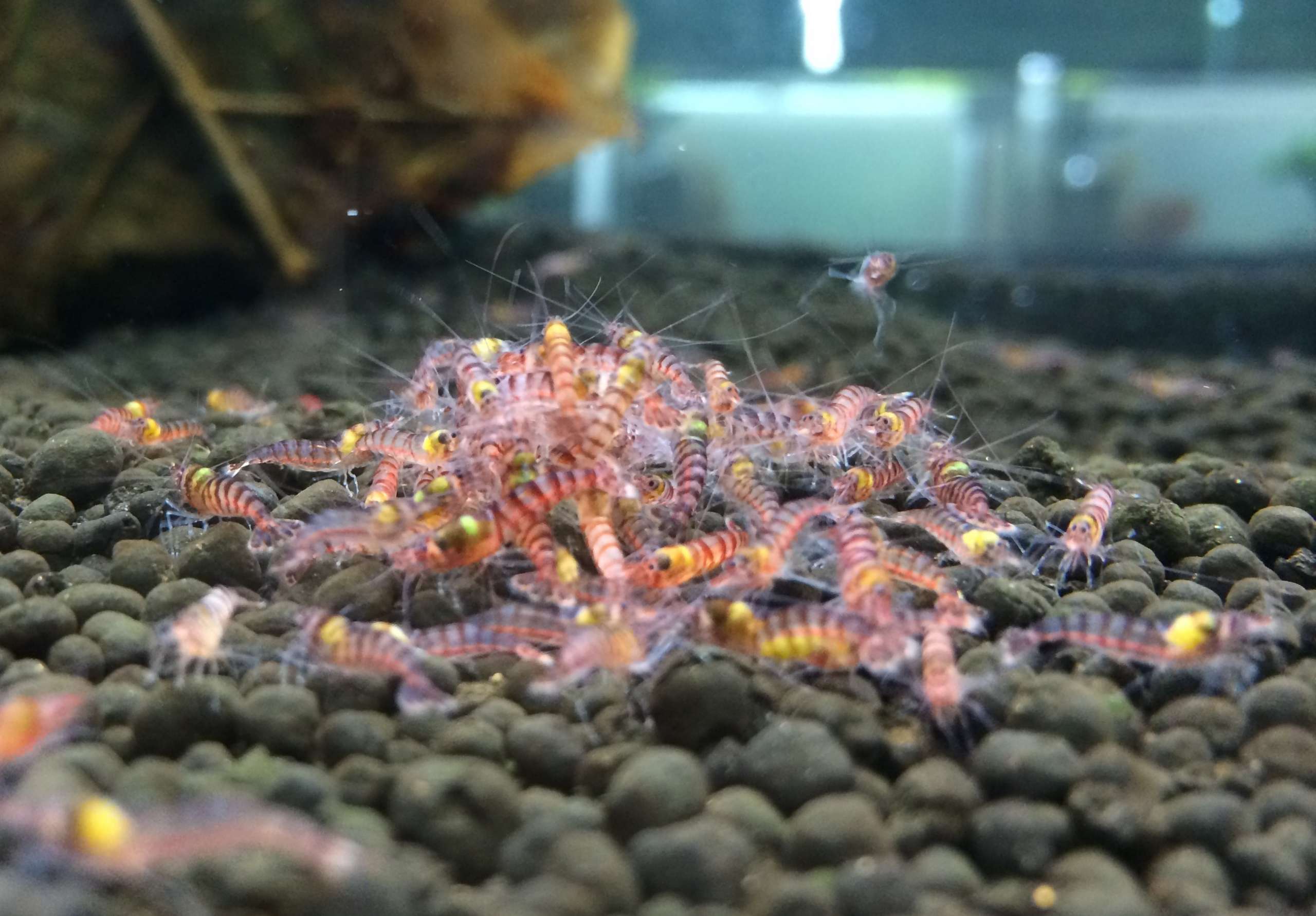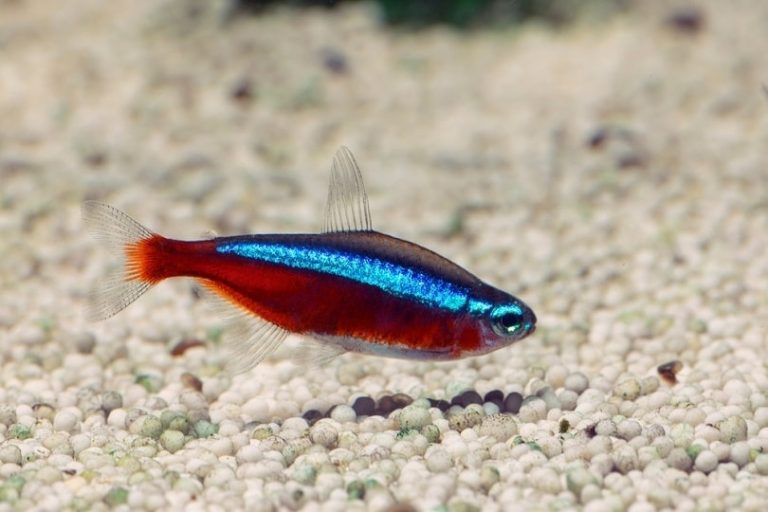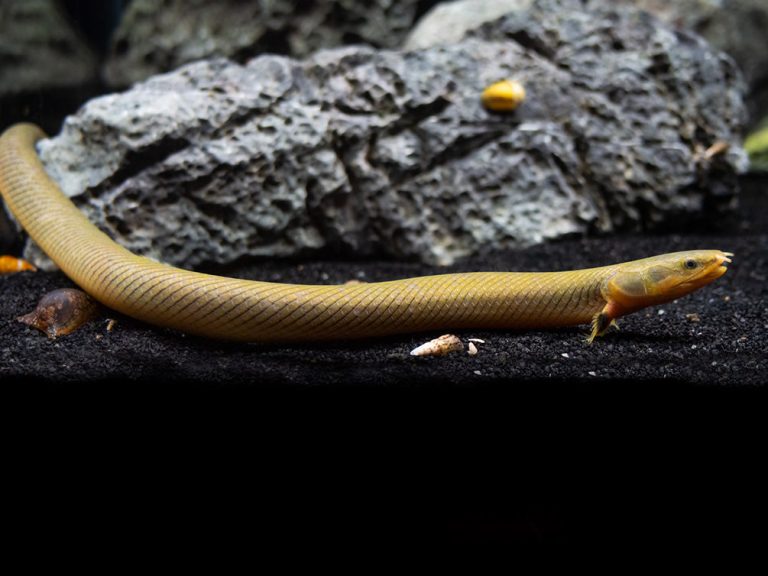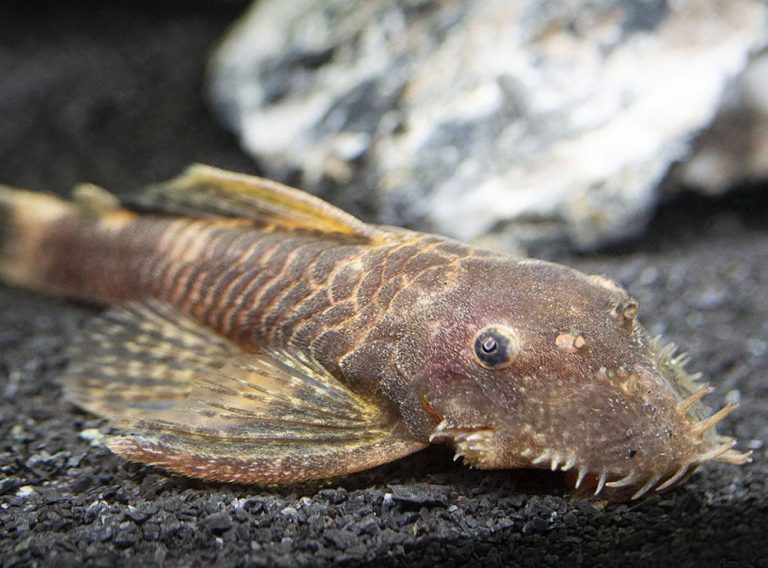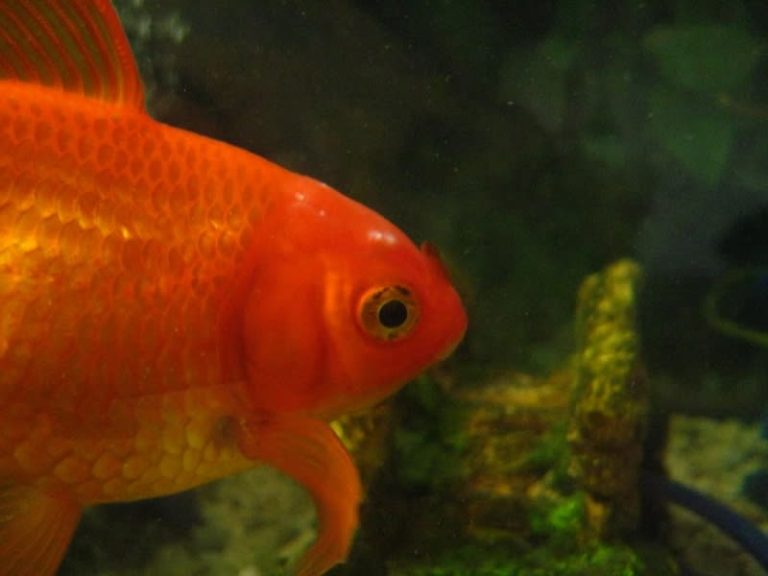Purple Zebra Shrimp
The purple zebra shrimp is a fascinating creature that captivates the attention of both aquarists and marine enthusiasts alike. Its unique appearance and behavior make it a popular choice for aquariums. In this article, we will delve into the world of the purple zebra shrimp, exploring its characteristics, habitat, care requirements, and more. So, let’s dive in!
What is a Purple Zebra Shrimp?
The purple zebra shrimp, scientifically known as Caridina cantonensis var. “purple zebra,” is a freshwater shrimp species that hails from the Caridina genus. As the name suggests, these shrimp are characterized by their distinctive coloration, featuring vibrant purple and white stripes that resemble a zebra’s markings. This striking pattern sets them apart from other shrimp species, making them a popular choice for shrimp enthusiasts.
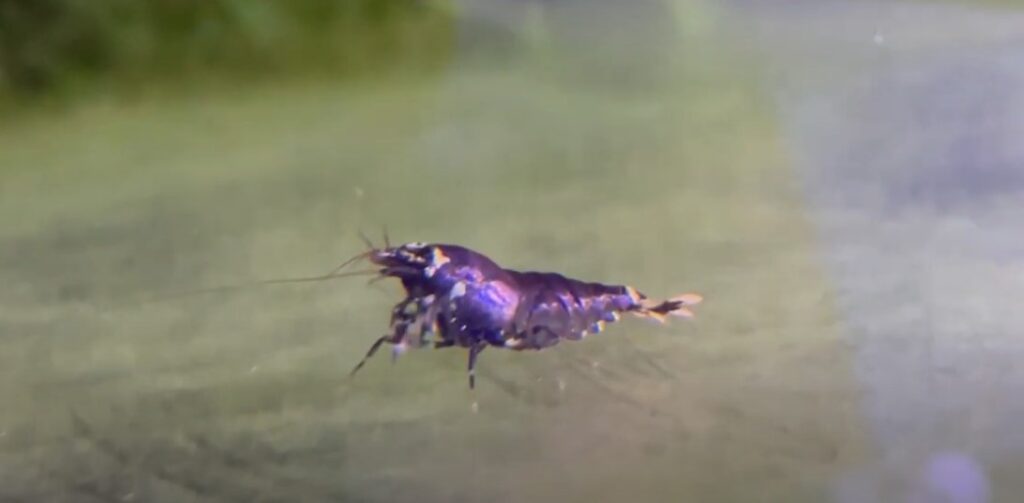
Characteristics of the Purple Zebra Shrimp
The purple zebra shrimp typically grows to a size of around 2 inches (5 centimeters). Its body is elongated, and it has thin, delicate legs that help it move with exceptional grace. These shrimp boast long antennae that they use to navigate their surroundings and engage in various social interactions.
One unique characteristic of the purple zebra shrimp is its color-changing ability. When these shrimp feel stressed or threatened, they can rapidly change their vibrant purple hue to a translucent or near-transparent color to blend into their environment, providing them with a level of protection.
Habitat and Distribution
The purple zebra shrimp is native to Southeast Asia, specifically found in the freshwater streams and rivers of Guangdong province in China. They prefer habitats with slow-moving or still water, abundant vegetation, and a stable water temperature ranging from 70°F to 78°F (21°C to 26°C). These shrimp thrive in slightly acidic to neutral water conditions, with a pH level of 6.2 to 7.2, and require substrates like sand or fine gravel for burrowing.
Caring for Purple Zebra Shrimp in Captivity
If you’re considering keeping purple zebra shrimp in your aquarium, it’s crucial to provide them with a suitable habitat and care. Here are some essential points to consider:
1. Tank Size: Purple zebra shrimp are relatively small creatures, so a tank of at least 5 gallons is sufficient for a small colony. However, it’s always best to provide a larger tank if possible to allow for more swimming space and better water conditions.
2. Water Parameters: These shrimp require a stable and well-maintained aquarium environment. Optimal water parameters include a temperature of 72°F to 78°F (22°C to 26°C), pH level between 6.2 and 7.2, and a water hardness of 3 to 6 dGH. It’s crucial to regularly monitor and maintain these parameters to ensure the well-being of your shrimp.
3. Filtration and Oxygenation: Purple zebra shrimp thrive in well-oxygenated water, so having a gentle water flow in the tank is essential. A sponge filter or a pre-filtered air-driven filter is ideal for maintaining water quality without creating excessive water movement.
4. Substrate and Decor: Provide a soft and sandy substrate as purple zebra shrimp love to burrow. Adding live plants, pieces of driftwood, and rocks will create a natural environment and offer hiding spots for the shrimp.
5. Feeding: These shrimp are omnivorous and will eat almost anything they find, but it’s crucial to provide a balanced diet to promote their overall health. Offer a variety of food sources, including high-quality shrimp pellets, algae wafers, blanched vegetables like spinach or zucchini, and occasional treats like frozen or live foods such as brine shrimp or daphnia.
6. Tank Mates: When selecting tank mates for purple zebra shrimp, it’s crucial to consider their peaceful nature and small size. Avoid keeping them with aggressive or larger species that may prey on or stress the shrimp. Suitable tank mates include other peaceful dwarf shrimp species, small fish like tetras or rasboras, and snails.
Breeding Purple Zebra Shrimp
Breeding purple zebra shrimp can be a rewarding experience for aquarists. These shrimp reach sexual maturity at around 4 to 6 months of age, and the females can produce a significant number of eggs during their lifespan. Here are some essential points to consider when breeding purple zebra shrimp:
1. Dedicated Breeding Tank: Setting up a separate breeding tank is recommended to provide a controlled environment for the shrimp and the young offspring. A tank of at least 10 gallons with plenty of hiding spots, like moss or plants, is ideal.
2. Water Conditions: Maintaining stable and suitable water parameters is crucial for successful breeding. Maintain a temperature between 74°F and 78°F (23°C to 26°C), pH level around 6.4 to 6.8, and slightly softer water with a GH of 4 to 6.
3. Breeding Behavior: Female purple zebra shrimp carry the fertilized eggs underneath their abdomen until they hatch. It’s essential to provide plenty of hiding spots and plants for the newborn shrimp. The young shrimp will molt several times before reaching adulthood.
4. Feeding the Fry: Once the eggs hatch, the newborn shrimp will initially feed on biofilm and microorganisms present in the tank. You can supplement their diet with powdered or liquid fry food and crushed flakes as they grow.
Frequently Asked Questions
1. Can purple zebra shrimp live with other shrimp species?
Yes, purple zebra shrimp can coexist with other dwarf shrimp species as long as they are peaceful and the tank provides enough space and hiding spots for all inhabitants.
2. Can purple zebra shrimp live in a community tank with fish?
Yes, purple zebra shrimp can live in a community tank with small, peaceful fish such as tetras or rasboras. However, it’s crucial to ensure that the fish won’t prey on or harm the shrimp.
3. How long do purple zebra shrimp live?
With proper care, purple zebra shrimp can live for about 1 to 2 years, although some individuals may live slightly longer.
4. What should I do if my shrimp’s color starts to fade?
If you notice your shrimp’s color fading, it may indicate stress or poor water conditions. Ensure proper water parameters, a balanced diet, and a suitable environment to help restore their vibrant coloration.
Final Thoughts
The purple zebra shrimp is truly a remarkable creature. Its unique coloration, peaceful temperament, and interesting behavior make it a popular choice among shrimp enthusiasts. Whether you’re a seasoned aquarist or a beginner, keeping purple zebra shrimp in your aquarium can provide endless fascination and enjoyment. By providing them with proper care and suitable living conditions, you can create a thriving ecosystem that showcases the beauty of these magnificent creatures. So why not add a touch of purple elegance to your aquatic world with the captivating purple zebra shrimp?
